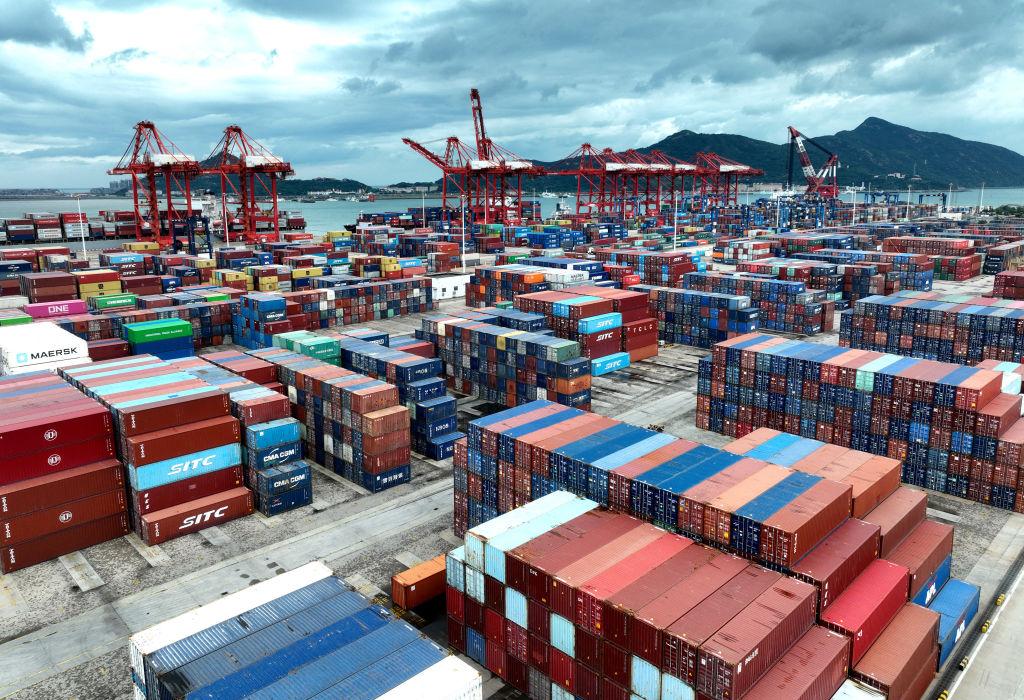The Biden administration dismissed former President Donald Trump’s universal tariff proposal on foreign imports into the United States, saying that it would increase prices.
The 45th president suggested that a 10 percent tariff on all goods overseas could be used to cover much of the federal debt, while protecting American producers.





